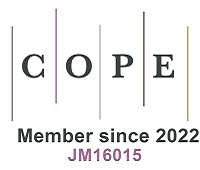fig10

Figure 10. (A) Schematic illustration of preparation of (a) NUS, (b) SPEEK/NUS-X composite membranes; (B) Mechanism diagram of proton transport in SPEEK/NUS-X composite membranes. (Reproduced with permission[57]. Copyright 2024, Elsevier); (C) Schematic illustration of synthesis of UNCS and preparation of SPEEK/UNCS-X composite membranes. (Reproduced with permission[58].Copyright 2022, Elsevier); (D) Schematic illustration of the proton transport of SPEEK/UNCS composite membranes. (Reproduced with permission[58]. Copyright 2022, Elsevier); (E) The proton movement mode in the C-SPAEKS/IUSN-X2% (Reproduced with permission[59]. Copyright 2022, Elsevier); (F) Single cell performance of C-SPAEKS, C-SPAEKS/USN-4% and C-SPAEKS/IUSN-3% at 80 °C, 100% RH. (Reproduced with permission[59]. Copyright 2022, Elsevier). RH: Relative humidity; SPEEK: sulfonated polyether ether ketone; NUS: amino-sulfonic acid bifunctionalized UiO-66; UNCS: an amino-pendant sulfonic acid bi-functionalized MOFs material; SPAEKS: sulfonated poly (aryl ether ketone sulfone)s.









